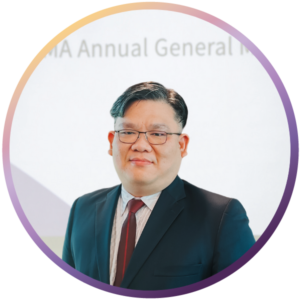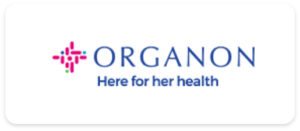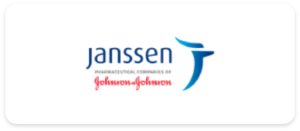During consultations, key stakeholders considered that the main reason Thailand had been obtaining a decreasing share of regional multinational trials was the need for regulatory reform. In particular, Thailand needs to reduce regulatory review and approval timelines. Participants were universally willing to pay higher registration fees to achieve this outcome. There is also a pressing need for more accredited trial sites in the rural areas which are home to large treatment-naïve populations, one of Thailand’s key advantages.
Based on the experiences of Taiwan, Korea and Singapore after they streamlined their regulatory processes, Deloitte believes it should be possible for Thailand to achieve similar growth rates in numbers of multinational trials as its regional competitors. Some five years after reforming their clinical trials regulations, each of these countries were receiving around twice as many international trials as they had had five years before the reforms. Similarly Thailand’s competitors (those nations plus Vietnam, Malaysia, Cambodia, and the Philippines) have experienced combined average growth rates in international trials around one third higher than Thailand has over the five years to 2015.If Thailand streamlined its regulatory processes, like its competitors, it should be feasible to increase total trials in Thailand by around 20%, with an attendant increase of some ฿3.9 billion (USD 0.1 billion) annually in net benefits.
Overall, Thailand is in a good position for fostering new growth in the market for clinical trials and clinical research. However, the current status of the industry suggests that the underlying benefits for conducting clinical research in Thailand are not being fully realized. In order to realize these benefits, it is recommended that Thailand:
1. Address regulatory efficiencies to make Thailand more competitive.
- i) Increase number regulators and capacity building programs with international partners.
- ii) Centralize IRB and approval Boards.
- iii) Eliminate customs tariff for medicines used in Clinical Trials.
- iv) Increase the number of accredited trial sites and skilled workers, particularly in rural areas.
2. Prioritize innovation enhancement policies that promote clinical research.
- i) R&D and innovation policies adopted and coordinate intra-ministerially among MOPH MoST MoE, and MoC.
- ii) Increase promotion of clinical trial capacity of Thailand domestically and overseas.
- iii) Development of annual clinical research in biopharmaceutical index to measure progress.
3. Implement sustained reforms by creating an inclusive multidisciplinary National Clinical Research Task Force to establish a detailed roadmap for the clinical research development in Thailand.
As shown by Wong (2011)4, implementation of such recommendations can bring about marked increases in clinical trial activities, particularly in the early stage clinical trials and R&D where opportunities to value add are greatest.








































































